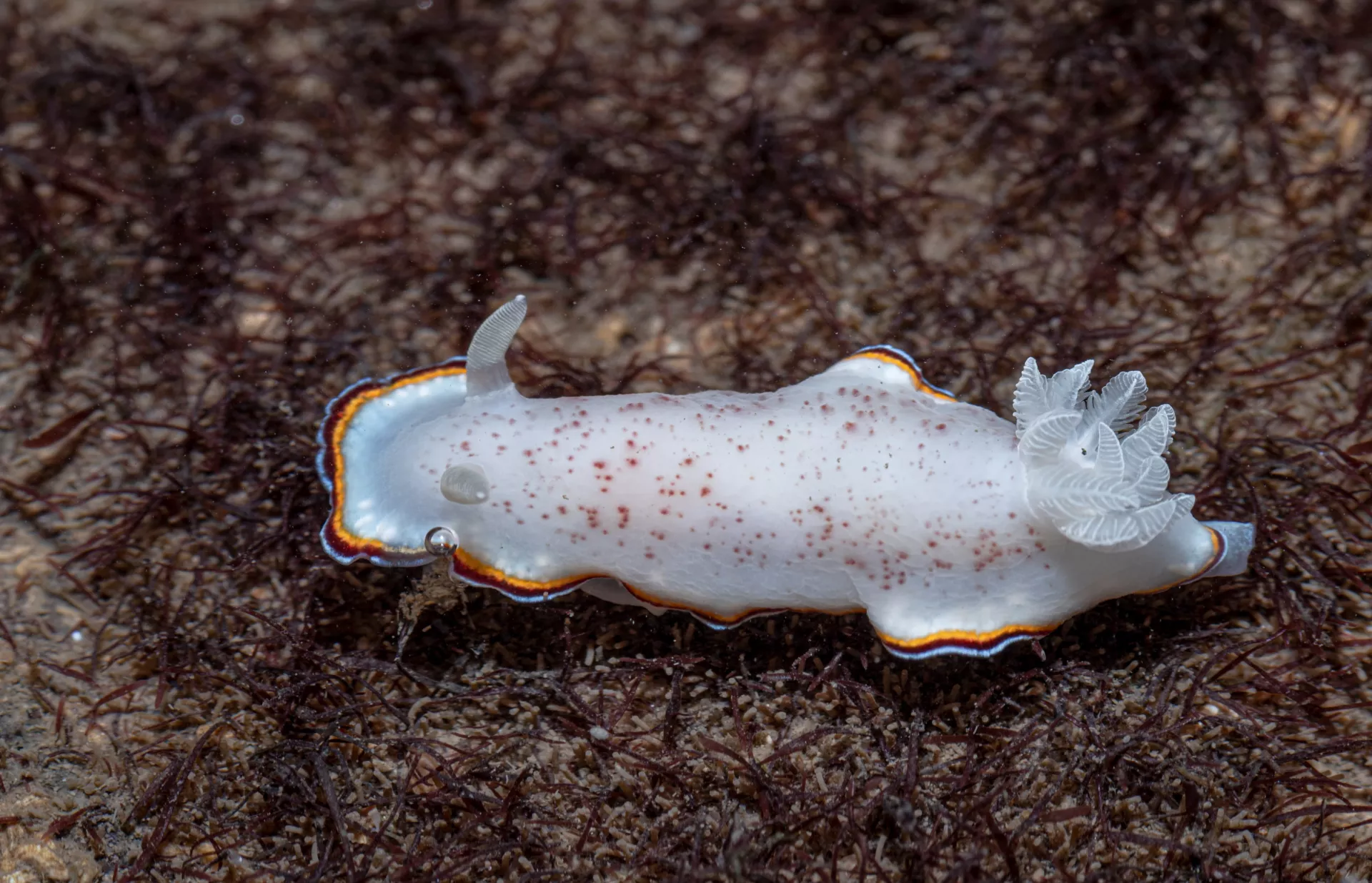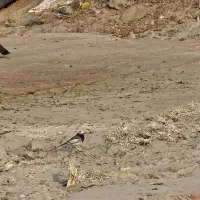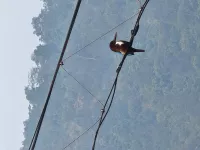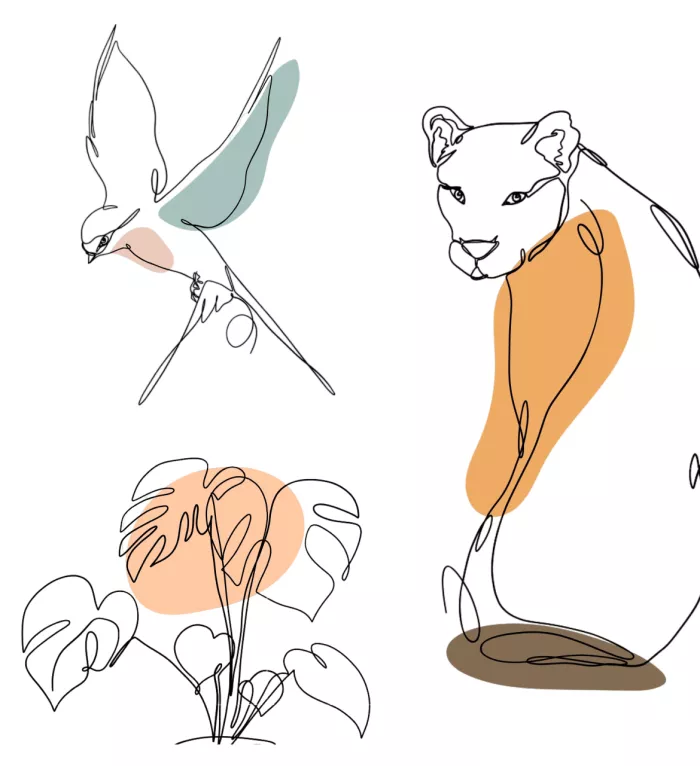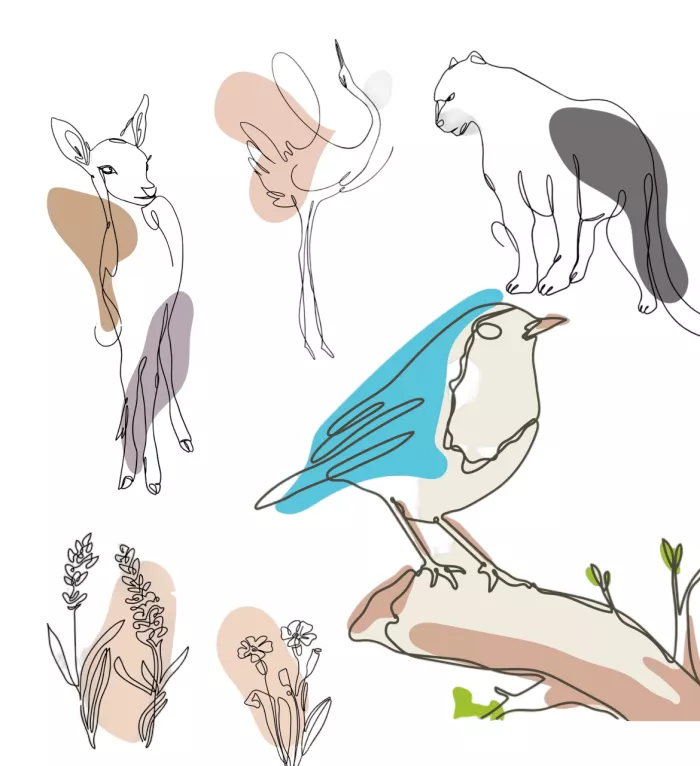About IBIS
Discover the Indian Biodiversity Information System (IBIS) - the ultimate reserve of scientific information about Indian Biodiversity. IBIS provides you with immediate access to data on Indian flora and fauna in a user-friendly and freely accessible format, from anywhere in the world. It's an initiative from the Foundation for Ecological Security (FES) and is modelled on the concept of citizen science.
With IBIS, you have access to authenticated and simplified data about Indian biodiversity that you can rely on. The portal collects an extensive volume of biodiversity data through various channels, including contributions from Citizen Scientists, Hobbyists, Naturalists, Academic Researchers, and even other citizen-science portals. After reviews, verifications, and analyses by experienced Biologists, the portal showcases data in a structured, intuitive, and interactive manner.
IBIS's mission is to encourage greater public engagement in science while helping scientists and community members develop robust strategies for biodiversity conservation and wildlife protection efforts. Moreover, IBIS helps local communities manage land and water resources more efficiently, conserving traditional nature-centric lives and livelihoods. Additionally, IBIS aims to highlight the social value of biodiversity and promote public engagement and understanding of it, paving the way for greater democratisation of science.
Join us and be a part of this incredible initiative. With IBIS, you can make informed decisions and take action to protect Indian biodiversity.
How it works
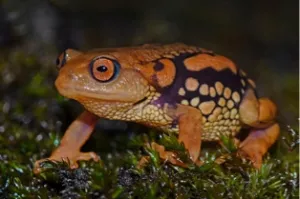
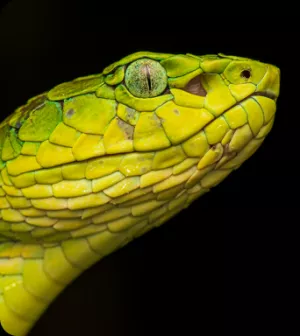

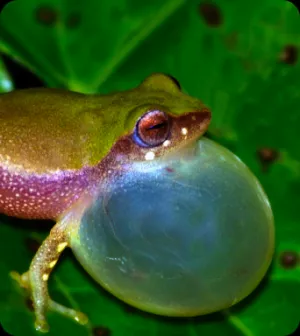
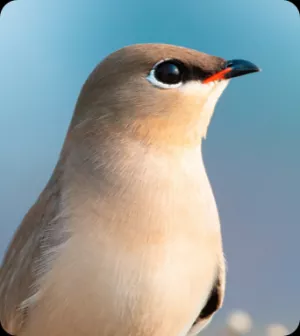
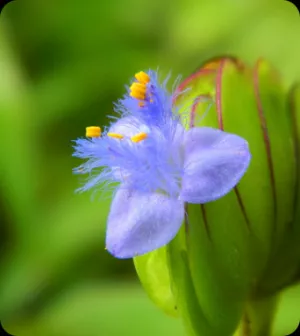

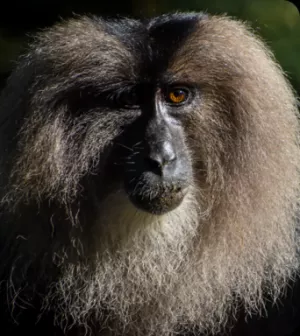
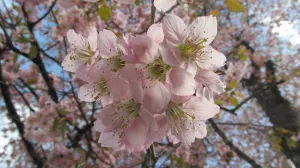
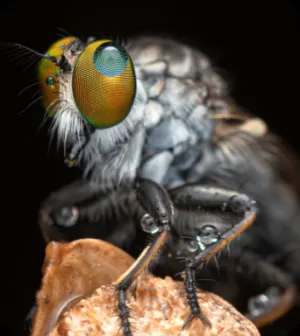
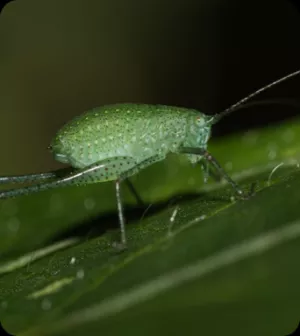
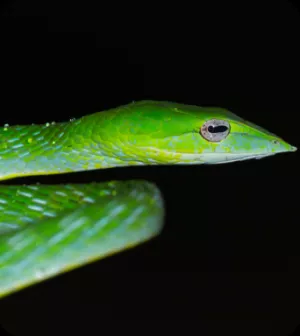
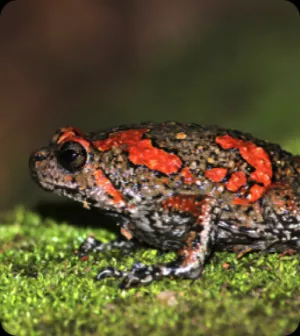
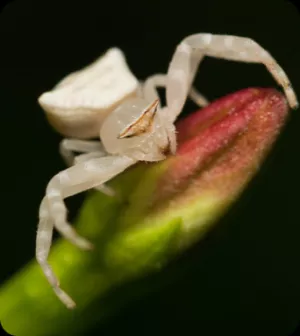

Data Repository
IBIS acts as a Data Repository, a comprehensive resource that aggregates information from citizens, researchers, and various portals to offer a wealth of geo-referenced species occurrence points. It provides indexed data, including detailed species profiles, study excerpts, biodiversity reports, and distributional data. By integrating contributions from diverse sources, the Data Repository ensures a rich, multifaceted view of species information, facilitating robust research and informed decision-making. Whether you're a scientist, conservationist, or citizen scientist, this module empowers you with the tools and data needed to explore and understand the complexities of biodiversity.
Species Dashboard
Introducing our Species Dashboard, designed to provide comprehensive occurrence data on various species through an intuitive map view. The dashboard allows users to visualize the distribution of species across different regions, offering detailed insights into their habitats and population trends. Alongside the map, users can access related information such as species descriptions, conservation status, and historical data. Explore the dynamic world of species with our user-friendly interface and stay informed with the latest updates and findings.
Observations
Introducing our Observation Page, designed to present species data for enhanced accessibility and analysis. This page allows users to seamlessly switch between views. The grid view provides a visually engaging layout, perfect for quick comparisons and overviews, while the list view offers detailed, itemized information for in-depth study. Alongside these views, users can access related information through the interconnected workflows.
Data Playground
Introducing our Data Playground module, a platform designed to enhance your understanding of species distribution through multiple GIS layers. This module allows users to view species data in a richly detailed, layered map format, providing a comprehensive spatial analysis experience. Users can overlay various GIS layers to explore different environmental factors, habitat types, and species interactions. Additionally, the Data Playground offers robust analytical tools, enabling users to perform complex analyses and draw meaningful conclusions about species patterns and trends.
 Community-led Conservation
Community-led Conservation
Welcome to our community-led conservation initiative! We are eager for you to explore and contribute to the diverse tapestry of our village's biodiversity. Delve into detailed accounts of local biodiversity, share your observations and experiences, and be inspired by heartwarming stories of conservation efforts that have truly made a difference in our villages. By participating in our conservation projects, you can play an active role in protecting and preserving our natural heritage for future generations. Join us in our conservation mission and make a positive impact!
 IBIS Analytics
IBIS Analytics
Passionate about biodiversity and data analytics? Engage in analysing data, discovering valuable insights, and contributing to informed decision-making for a better future. Enhance your data analysis skills, gain hands-on experience with real-world biodiversity data, and work alongside our members. Analyze diverse datasets related to biodiversity, identify trends, patterns, and key insights, and present your findings to help shape effective conservation efforts. Your findings will directly influence conservation strategies and policy-making. Join IBIS - Analytics and be a part of the change!
 Become a Citizen Scientist
Become a Citizen Scientist
Join the IBIS community of citizen scientists today! Our community welcomes individuals from diverse disciplines who can contribute data by tagging locations, citing species, and sharing observations, photographs, and audio-video files. Whether you have a scientific background or simply a curiosity for the natural world, you are welcome to join us and contribute to scientific research. Sign up now and start making a difference as a citizen scientist with IBIS.
Partner Ecosystem




